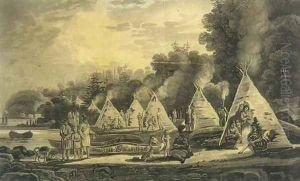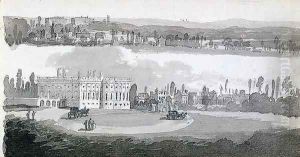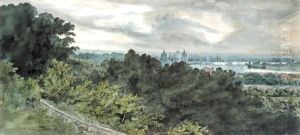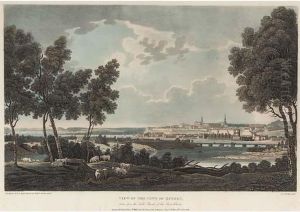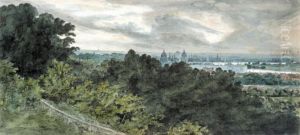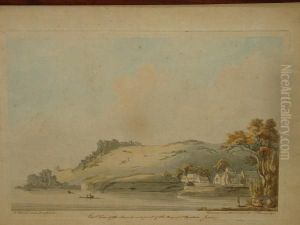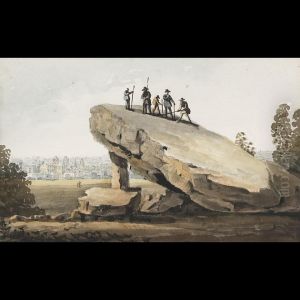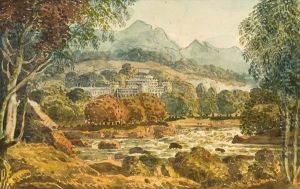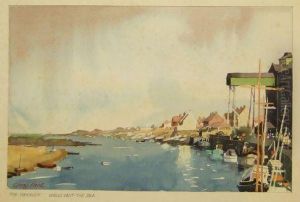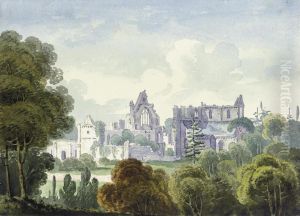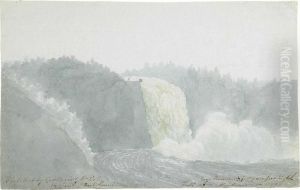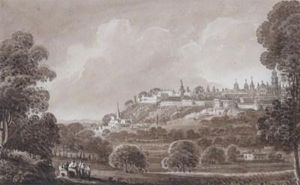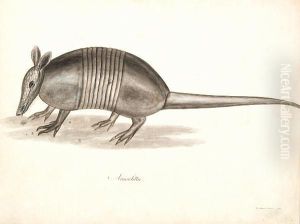George Heriot Paintings
George Heriot was born in 1563 in Scotland, emerging as one of the most prominent figures in the Scottish history of art and philanthropy. Known primarily for his role as a goldsmith and jeweler, Heriot gained notable fame and wealth through his craft, becoming the King's Goldsmith to James VI of Scotland (who later became James I of England after the union of the crowns in 1603). This prestigious position not only elevated Heriot's status in society but also significantly enriched him, as he was involved in creating and managing royal and ceremonial regalia, along with handling substantial financial transactions for the crown.
Heriot's legacy, however, is not solely defined by his craftsmanship or his wealth but also by his remarkable contribution to education. Upon his death in 1624, George Heriot left a substantial part of his fortune for the foundation of a 'hospital' (a term then used for a charitable institution) to educate and care for the orphans and fatherless children of Edinburgh's burgesses and freemen. This bequest led to the establishment of George Heriot's School in 1628, a testament to his philanthropic vision. The school originally served as a boarding institution for orphans but has since evolved into one of the leading private day schools in Scotland, maintaining its founder's ethos of providing education to those in need.
Heriot's personal life, marked by his marriage to Christian Marjoribanks in 1586, who died in 1624 just before Heriot, was characterized by both prosperity and the absence of direct heirs, which perhaps influenced his decision to dedicate his fortune to charitable causes. Though his professional life was mostly spent in Edinburgh, his influence extended far beyond, notably impacting the social fabric of the city through his philanthropic endeavors.
Today, George Heriot's legacy is not only preserved through the school that bears his name but also through the numerous references to him in Scottish culture and literature, including being argued by some as an inspiration for J.K. Rowling's Hogwarts School of Witchcraft and Wizardry, given the school's proximity to where the author wrote much of her early Harry Potter series. George Heriot's life and work remain a significant part of Scottish heritage, symbolizing the enduring impact of combining artistry with altruism.
